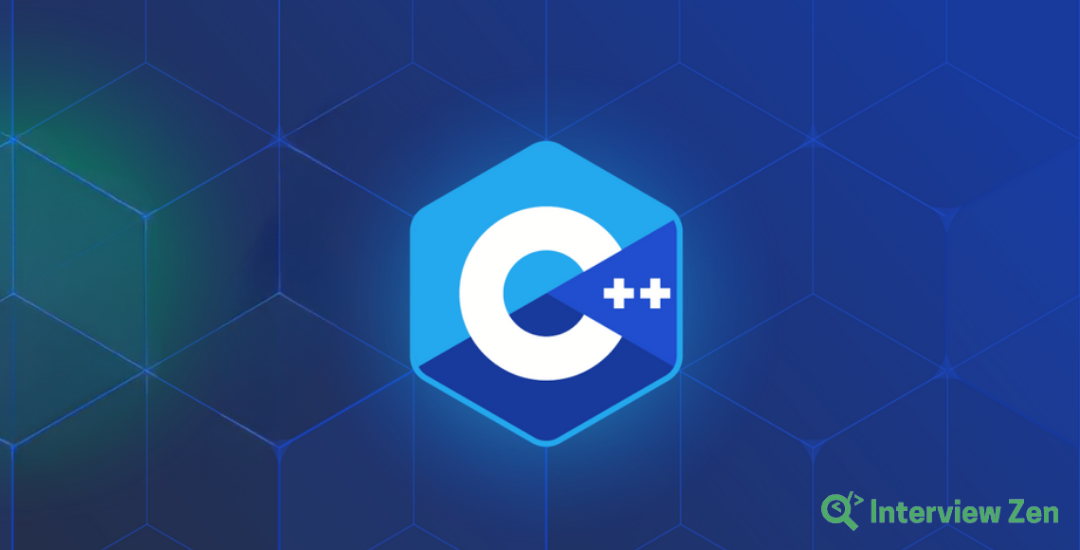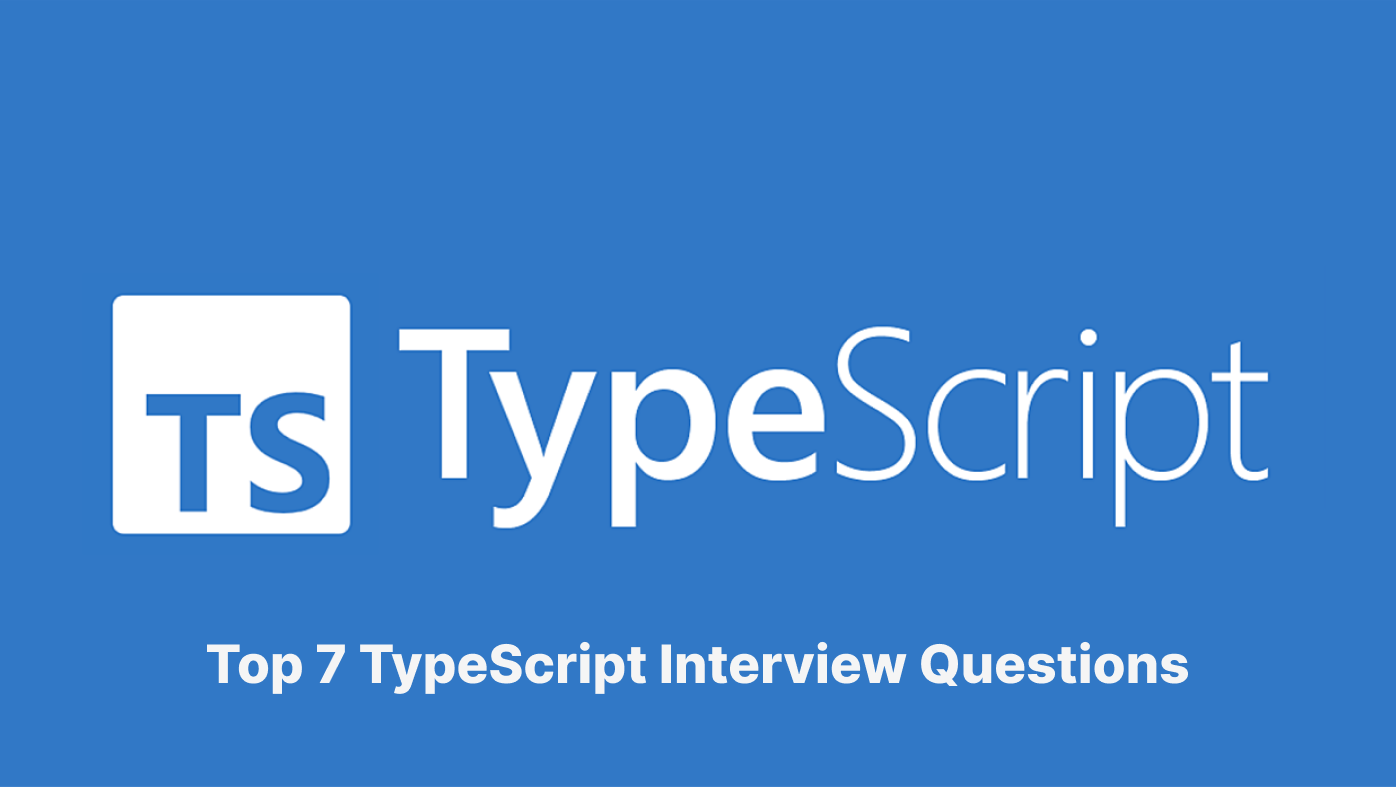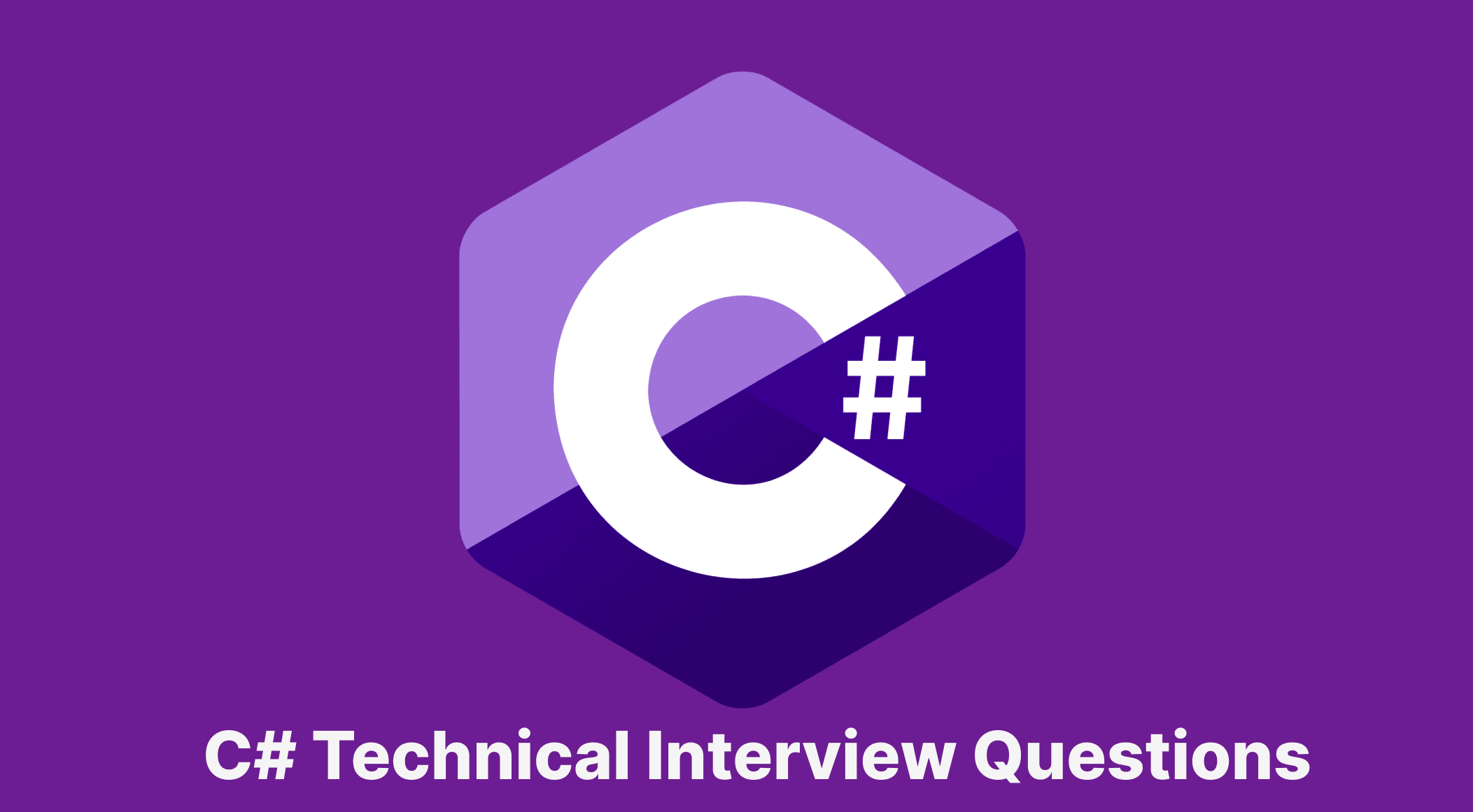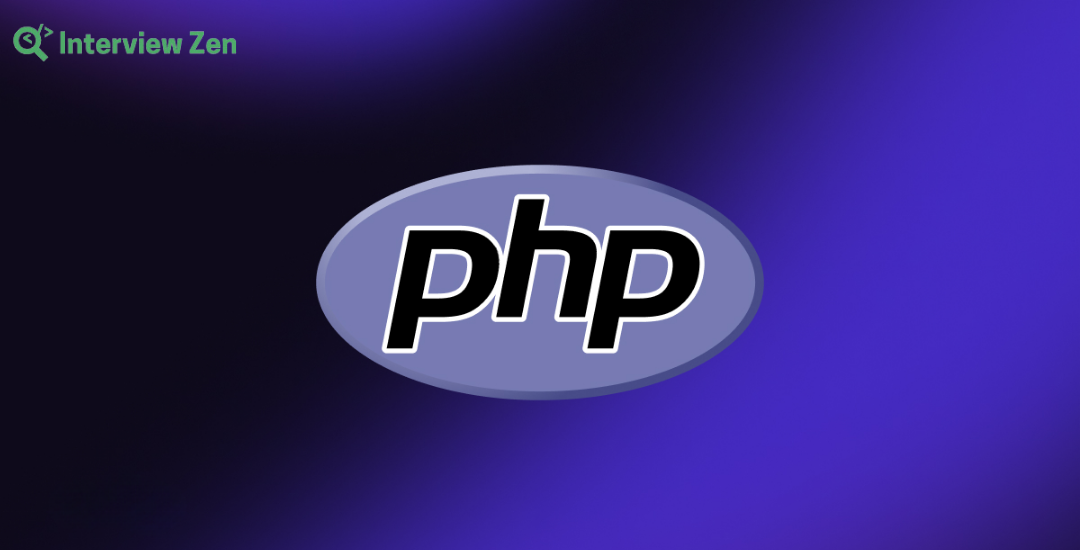Introduction
Whether you’re a hiring manager looking to add skilled software engineers to your team or a candidate preparing for your next big opportunity, knowing the right questions to ask or prepare for is crucial.
In this article, we will explore 10 example interview questions for software engineers and discuss how tools like Interview Zen can simplify the interviewing process.
The Challenge of Interviewing Software Engineers
Software engineers must be proficient in coding, understand business requirements, work in teams, and often lead projects. When it comes to interview questions for software engineers, there are better approaches than a one-size-fits-all approach.
The challenge lies in evaluating a candidate’s technical and soft skills. Technical questions for a software developer interview must cover a broad spectrum, from coding challenges to problem-solving abilities.
Importance of Asking the Right Questions
Asking insightful and relevant questions gauges the candidate’s expertise and reveals how they approach problems and collaborate within a team.
The interview questions for a software developer should be designed to evaluate both coding skills and soft skills, making them multi-faceted technical interview questions for software engineers.
Introduction to Interview Zen as a Tool for Better Interviewing
Interview Zen is a platform that streamlines the technical interview process, improving the discoverability of the most qualified candidates. With Interview Zen, hiring managers can customize software developer interview questions to fit the needs of their organization, all while adhering to best practices.
The platform is not just limited to interview questions for software engineers; it’s an end-to-end solution for technical interviews that allows you to set coding challenges, evaluate responses, and even organize follow-up questions, making your hiring process as zen as it sounds.
By the end of this article, you will have a list of example interview questions that will make your next hiring round for software engineers more effective.
10 Detailed Software Engineer Interview Questions for Hiring Managers
In this section, we will discuss 10 example interview questions for software engineers, designed to be inserted into platforms like Interview Zen. By leveraging these questions, hiring managers can significantly improve the odds of selecting the most competent software engineers for their teams.
Each question comes complete with suggested answers, follow-up questions, and a difficulty level, providing a holistic approach to the interviewing process.
So, let’s delve deeper into these technical interview questions for software engineers and explore how they can aid in making the best hiring decisions.
Example 1: SQL Joins and Aggregations
Question:
Given the following tables:
- Users (UserID, UserName)
- Orders (OrderID, UserID, TotalAmount)
- Products (ProductID, ProductName)
Perform the following tasks using SQL queries:
Part 1: List all the Users who have made an order.
Part 2: List the total amount spent by each User.
Part 3: List the most expensive product purchased by each User.
Suggested Answers:
For Part 1:
| SELECT DISTINCT UserName
FROM Users u JOIN Orders o ON u.UserID = o.UserID; |
For Part 2:
| SELECT u.UserName, SUM(o.TotalAmount) as TotalSpent
FROM Users u JOIN Orders o ON u.UserID = o.UserID GROUP BY u.UserName; |
For Part 3:
| — Assuming a new column ‘Price’ in Orders table
SELECT u.UserName, MAX(o.TotalAmount) as MostExpensivePurchase FROM Users u JOIN Orders o ON u.UserID = o.UserID GROUP BY u.UserName; |
Follow-up Questions:
- How would you optimize these queries if the tables have millions of records?
Suggested Answer: Use techniques like query pagination query caching or utilize EXPLAIN to analyze the query execution plan and optimize accordingly.
- What would be the indexes you’d consider setting on these tables for better performance?
Suggested Answer: Depending on the queries, setting up indexes on frequently searched or joined columns can improve performance. For example, an index on UserID in the Orders table or ProductID in the Products table may be beneficial.
Difficulty Level: Advanced
Example 2: Python Error Handling
Question:
Write a Python function to read a file and print its contents, and also include error handling.
| def read_file(filename):
# Your code here |
Suggested Answers:
The function should use try-except blocks to handle file reading errors.
| def read_file(filename):
try: with open(filename, ‘r’) as f: print(f.read()) except FileNotFoundError: print(“File not found”) |
Follow-up Questions:
- What other exceptions should you be prepared for?
Suggested Answer: Besides file-not-found and permission issues, be prepared for exceptions like OutOfMemoryError for very large files, IOException for general I/O errors, and UnsupportedEncodingException if the file’s character set is not supported.
- How would you extend this to read large files?
Suggested Answer: Use buffered reading or stream-based reading to read the file chunk by chunk to handle large files, thereby reducing memory consumption. Additionally, multi-threading could be employed to read different parts of the file concurrently.
Difficulty Level: Intermediate
Example 3: JavaScript Async/Await
Question:
Write a JavaScript function that uses async/await to fetch data from an API
| async function fetchData(url) {
// Your code here } |
Suggested Answers:
The function should use async/await and fetch.
| async function fetchData(url) {
try { let response = await fetch(url); let data = await response.json(); return data; } catch (error) { console.log(“Error:”, error); } } |
Follow-up Questions:
- How would you handle network errors?
Suggested Answer: Network errors can be handled using retry mechanisms with exponential backoff, circuit breakers, or fallback methods that provide a default behavior when the network is unreliable. Monitoring and logging can also be useful for diagnosing issues later.
- How can you make multiple API calls concurrently?
Suggested Answer: Multiple API calls can be made concurrently using techniques like multi-threading, asynchronous programming, or using libraries that support concurrency like asyncio in Python, CompletableFuture in Java, or Promise.all in JavaScript.
Difficulty Level: Advanced
Example 4: Java Multithreading
Question:
Write a Java program to create two threads that print numbers from 1 to 10.
Suggested Answers:
Here is how you can create two threads in Java.
| class NumberThread extends Thread {
public void run() { for (int i = 1; i <= 10; i++) { System.out.println(i); } } } public class Main { public static void main(String[] args) { NumberThread thread1 = new NumberThread(); NumberThread thread2 = new NumberThread(); thread1.start(); thread2.start(); } } |
Follow-up Questions:
- How would you synchronize these threads?
Suggested Answer: Thread synchronization can be achieved using mechanisms such as mutexes, semaphores, or condition variables. Specific language features like synchronized blocks in Java or lock in C# can also be used. The aim is to ensure that threads do not interfere with each other when accessing shared resources.
- How do you handle exceptions in threads?
Suggested Answer: Exceptions in threads can be captured and logged for diagnostic purposes. In some programming languages like Java, you can use UncaughtExceptionHandler. Another approach is to use a try-catch block within the thread’s run method to catch exceptions and handle them accordingly.
Difficulty Level: Intermediate
Example 5: REST API Security
Question:
Write an example middleware in Node.js to check the validity of an access token.
Suggested Answers:
Here is a Node.js middleware snippet.
| const jwt = require(‘jsonwebtoken’);
const checkToken = (req, res, next) => { const token = req.headers[‘authorization’]; if (!token) return res.status(401).send(‘Access Denied’); try { const verified = jwt.verify(token, process.env.SECRET_KEY); req.user = verified; next(); } catch (err) { res.status(400).send(‘Invalid Token’); } }; |
Follow-up Questions:
- How would you handle token expiration?
Suggested Answer: Token expiration can be handled by implementing a refresh token mechanism. When the access token expires, the system can automatically request a new access token using the refresh token. This ensures that the user remains authenticated without needing to log in again.
- What other security measures would you take?
Suggested Answer: Additional security measures could include implementing multi-factor authentication, using HTTPS to encrypt data in transit, and employing security headers to protect against common web vulnerabilities. Regular security audits and code reviews are essential to maintaining a secure application.
Difficulty Level: Advanced
Example 6: Optimizing ReactJS Performance
Question:
Write a React functional component that uses memoization.
Suggested Answers:
Here is an example using React.memo.
| import React, { memo } from ‘react’;
const MyComponent = memo(({ value }) => { return ( <div>{value}</div> ); }); |
Follow-up Questions:
- When should you not use memoization?
Suggested Answer: Memoization should be avoided when the function being memoized has side effects or when the function is not pure (i.e., it produces different outputs for the same input). Memoization can consume more memory for storing the cache, so it may only be appropriate for functions that take a few unique inputs.
- How do you measure the performance of a React app?
Suggested Answer: The performance of a React app can be measured using various tools and methodologies. These include using the React DevTools’ Profiler to measure component render times, Google Lighthouse for overall web performance metrics, and other browser-based profiling tools to assess runtime performance. Monitoring network calls and optimizing asset loading are other ways to improve performance.
Difficulty Level: Intermediate
Example 7: SQL Query for E-commerce Data
Question:
Write an SQL query to identify the top 5 most frequently purchased products in an Orders table with columns (OrderID, ProductID, Quantity).
Suggested Answers:
The query can be:
| SELECT ProductID, SUM(Quantity) AS Total
FROM Orders GROUP BY ProductID ORDER BY Total DESC LIMIT 5; |
Follow-up Questions:
- How would you extend this to include product names?
Suggested Answer: To include product names in the query, perform a JOIN operation between the Orders and Products tables based on the common ProductID field. This way, you can fetch the product names and other required fields from the Orders table.
- What indexes would you create to optimize this query?
Suggested Answer: To optimize this query, it would be beneficial to create indexes on the columns frequently used in WHERE, JOIN, or ORDER BY clauses. For example, an index on that column would be useful if the query often filters or joins on ProductID. An index on UserID in the Orders table might also be helpful if that’s a common filter criterion.
Difficulty Level: Advanced
Example 8: Data Structures in Python
Question:
Implement a stack in Python.
Suggested Answers:
A simple stack can be implemented using lists.
| class Stack:
def __init__(self): self.stack = []
def push(self, item): self.stack.append(item)
def pop(self): if len(self.stack) < 1: return None return self.stack.pop() def peek(self): return self.stack[-1] def is_empty(self): return len(self.stack) == 0 |
Follow-up Questions:
- How would you implement this using linked lists?
Suggested Answer: To implement this feature using linked lists, create a node class with two properties: the data and a pointer to the next node. Then, create methods for adding, removing, and traversing nodes. Linked lists would be beneficial if we frequently add or remove elements and do not require fast, random access to elements.
- What are the time complexities of these operations?
Suggested Answer: The time complexities for operations on a linked list can vary:
- Insertion at the beginning: O(1)
- Deletion at the beginning: O(1)
- Insertion at the end: O(n) if we don’t keep a tail pointer, O(1) otherwise
- Deletion at the end: O(n)
- Search: O(n)
Difficulty Level: Intermediate
Example 9: Docker
Question:
Write a Dockerfile to create an image for a Python Flask application.
Suggested Answers: Here is a basic Dockerfile.
| FROM python:3.8
WORKDIR /app COPY requirements.txt /app/ RUN pip install –no-cache-dir -r requirements.txt COPY . /app/ CMD [“python”, “app.py”] |
Follow-up Questions:
- How would you optimize this Dockerfile?
Suggested Answer: Optimize a Dockerfile by using multi-stage builds to keep image sizes small, leveraging the build cache, removing unnecessary files, and only copying essential files into the image. Also, one could use an alpine base image for a smaller footprint.
- How would you handle secret variables?
Suggested Answer: Secret variables can be managed by using Docker’s –secret option during the run or by using environment variable files. Another approach is to use orchestration tools like Kubernetes, which has built-in secrets management.
Difficulty Level: Intermediate
Example 10: Error Handling in JavaScript
Question:
Write a JavaScript function to fetch data from an API and include error handling.
| function fetchData(url) {
// Your code here } |
Suggested Answers:
The function can use try-catch blocks for error handling.
| async function fetchData(url) {
try { const response = await fetch(url); const data = await response.json(); return data; } catch (error) { console.error(‘An error occurred:’, error); } } |
Follow-up Questions:
- How would you handle different types of errors?
Suggested Answer:
- Use try-catch blocks to handle specific error types and provide meaningful error messages.
- For network-related errors, use retry logic with exponential backoff.
- For validation errors, return a user-friendly message to correct the input.
- How would you test this function?
Suggested Answer: Write unit tests to cover all edge cases, including different types of inputs and possible errors. Write integration tests to see how the function interacts with other components or external services.
Difficulty Level: Intermediate
How Interview Zen Simplifies the Interviewing Process
When you’re trying to hire software engineers, Interview Zen makes things a lot easier. This tool is great for helping you ask the right questions during a software engineer interview.
Let’s explore its features:
Features of Interview Zen that Make Interviews More Efficient
1. Coding Challenges
When you want to assess the coding capabilities of software engineers directly, Interview Zen lets you input real, programmatic questions that candidates can answer in real-time. This way, you can evaluate their answers against a set of suggested answers, making it easier to sift through potential hires.
2. User-Friendly Interface
The design and layout of Interview Zen make it straightforward, even for those who need to be tech-savvy. This ensures that you can focus on the interview questions for software engineers without navigating a complicated platform.
By using Interview Zen, hiring managers can make the process of interviewing software engineers much more efficient and effective. The platform’s features are tailored to make sure that you’re asking the most comprehensive and insightful software engineer interview questions.
This tool streamlines the process and offers a high degree of customization and flexibility, which is crucial for finding the right fit for your team.
How to Use These Questions on Interview Zen
InterviewZen allows you to easily upload our example interview questions for software engineers and add your own. This creates a smoother interview process and helps you identify the most skilled candidates more effectively.
Walkthrough on Uploading These Questions into Interview Zen
Uploading technical interview questions for software engineers into Interview Zen is a simple process. After you log in, you’ll find an option to add new interview questions. You can easily take the software engineer interview questions we’ve provided and get them into the system without fuss. This saves you the time and effort you’d otherwise spend coming up with questions on your own.
Benefits of Using Interview Zen for Screening Candidates
When it comes to finding the right software engineers, Interview Zen offers several benefits.
- Efficient Interviews: Interview Zen streamlines the entire interview process, making it easier to manage and quicker to execute.
- Focused Questions: The platform helps you concentrate on asking the right software engineer interview questions, allowing for a more in-depth assessment of candidates.
- Well-Planned Queries: Rather than haphazardly tossing out random technical questions for software developer interviews, Interview Zen lets you implement a well-structured set of questions tailored to assess the specific skills you’re interested in.
- Quality Screening: With Interview Zen, you can ensure you’re using interview questions for software engineers that are precisely targeted to evaluate candidates’ true skills and qualifications.
- Better Hiring Decisions: Using the platform’s feature set to ask more accurate software developer interview questions naturally leads to more informed and better hiring choices.
By leveraging these benefits, Interview Zen makes navigating the often complex landscape of technical interview questions for software engineers easier.
Conclusion
In the competitive world of hiring software engineers, being prepared with the right set of interview questions is crucial. The 10 example interview questions for software engineers outlined in this article can give you an edge in your hiring process.
These aren’t just random technical interview questions for software engineers; they are thoughtfully designed to assess each candidate’s skills and competencies.
Interview Zen is not just another tool; it’s a time-tested platform that has facilitated over 500,000 interviews for companies of various sizes and scopes in 10 years.
Interview Zen is an excellent tool for every hiring manager aiming to streamline the screening process. You’re taking the first step toward making better hiring decisions by uploading these well-curated software engineer interview questions into the Interview Zen platform.
We highly recommend using Interview Zen to optimize your interview process.
So, why wait? Try Interview Zen today and see the difference it can make in your software engineer interviews.




